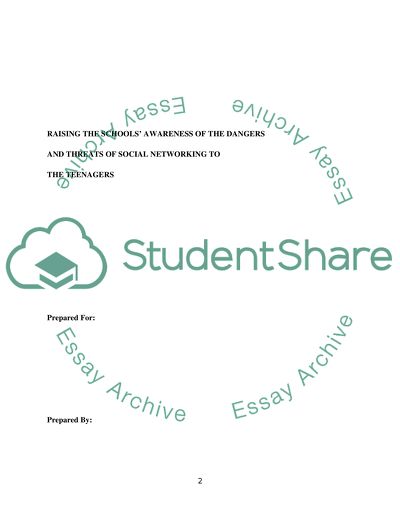Cite this document
(“Raising the school awarenessof the dangers of social networking to the Research Proposal”, n.d.)
Retrieved from https://studentshare.org/english/1398070-adolescence-and-internet-use
Retrieved from https://studentshare.org/english/1398070-adolescence-and-internet-use
(Raising the School Awarenessof the Dangers of Social Networking to the Research Proposal)
https://studentshare.org/english/1398070-adolescence-and-internet-use.
https://studentshare.org/english/1398070-adolescence-and-internet-use.
“Raising the School Awarenessof the Dangers of Social Networking to the Research Proposal”, n.d. https://studentshare.org/english/1398070-adolescence-and-internet-use.


